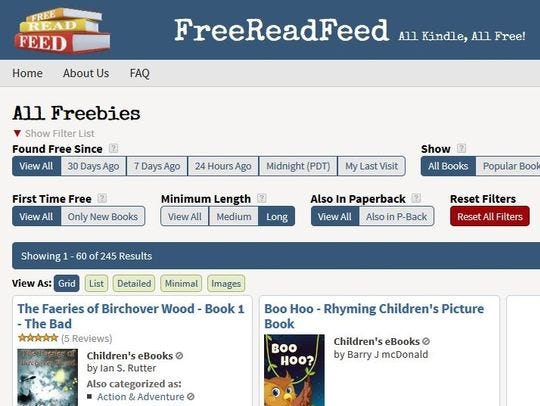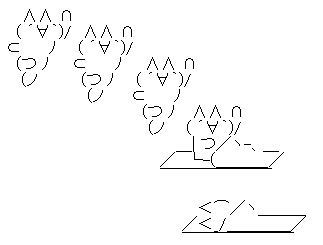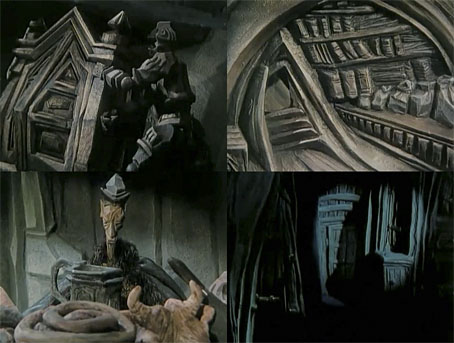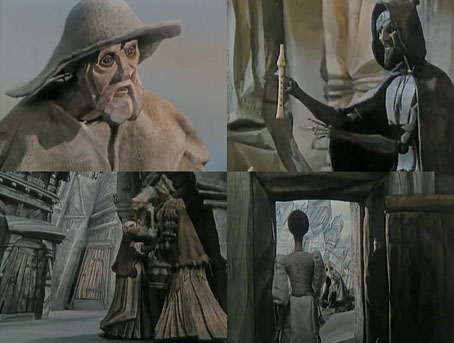IntroductionSo I just finished
Bioshock Infinite and I feel I need to write something about it. There is a lot that is really good about the game, but the way it all comes together seems like a wasted opportunity. This does not mean it is a bad game, far from it. I played the entire game in a couple of days, a rare thing for me, and had (mostly) fun doing so. What really stuck to me, though, is how it abuses its own premise. The capability for true greatness can be seen throughout, but is constantly hindered . This is also why it is so interesting to talk about it. By taking a closer look at Bioshock Infinite we can perhaps learn to harness its dormant potential.
NarrativeBefore we get into it all, I need to clear up a concept. When I talk about the narrative in a game, I see it as the totality of the experience. It is not just cut-scenes and audio-logs that make up a narrative, it is also the shooting, jumping, and all other actions that I perform as a player.
While not that many talk about narrative in this way, I think it is really how most of us interpret our experiences. When we take part in interactive storytelling, what we really care about is our activities and the scenarios. While we of course are able to talk about the narrative in a separate, dual world-like, sense, it is not how we live through the experience. We do not absorb gameplay on a purely abstract basis, we connect it to the game's virtual world and incorporate it into our subjective narrative. The journey we take through the game becomes our narrative.
We want to
play the story. I think this is true for anybody who has interest in a videogame storytelling. I see this as the gold standard for any work of interactive fiction, and it is through this lens that I will inspect Bioshock Infinite.
Combat DesignFirst up, I will go over the combat. I am not fond of combat in games, mostly because it is so overused, but when done well I have nothing against it. The grandfather of Bioshock Infinite,
System Shock 2, is a great example of combat done right. Every enemy conveys an aspect of the story, the flow complements the overall mood and the tactics are connected with the progression of the protagonist. When fighting in System Shock 2 an engaging narrative is created; one that ties neatly in with the rest of the story elements.
On the other hand, Bioshock Infinite's combat has probably the worst narrative connection of recent memory. It is basically on the level of Smash TV; arena like battles where you need to kill all hostiles in order to progress. Enemies just run at you and attack, lacking any of the awareness-state nuances seen in previous Shock games. It all boils down to a hectic and often chaotic spectacle. While it can have some charm, it very rarely creates any sort of narrative experience. It is just a matter of clearing waves of enemies in order to move the story forward.
Worse still is that the elements of the battles have little to do with the story. Enemy fiction does not get any better than them being the henchmen of whichever bad guy happens to be your current antagonist. The same is true for your powers. The different magical spells acquired seem to be there simply because they were present in the previous game. They get mentioned on some billboards at the start, but serve no further narrative purpose. Like so many other things in the game they are there just to comply with the predefined combat mechanics.
The game also features looting and vending machines, elements that seem to belong in neither in combat or the story. Yet again these elements are there because they were in the previous game. Possibly also for fear that the player might get bored. To me the overall impression is just one of disconnect. It is a clear example of how much the little touches in earlier games mattered. Combat in System Shock 2 is probably a lot less complex than that in Bioshock Infinite, but because it ties neatly into its fiction, the emergent narrative is so much more engaging.
By having this detached fighting system, a very interesting question is exposed. Does Bioshock Infinite need combat at all? The problem is so obvious that many mainstream outlets have picked it up, something I have never seen before. But before this issue is dealt with, there are other things to discuss.
Basic Elements of StoryI will now go over the different ways in which Bioshock Infinite chooses to tell the story, and point out the many problems that it has with its story's basic constituents.
The first thing to note is how the combat design spread to and corrupt other parts of the game. When in combat mode most of the normal storytelling bits go away, but when leaving a combat arena many of the combat mechanics still remain. The most obvious of these is the looting. In System Shock 2 this made sense, but in later installations it has been simplified and lost much of its narrative connection. The problem peaks in Infinite, where it boils down to mindlessly searching and emptying any vessel in sight. Searching objects would be used to contextualize the backdrop, but it does the opposite here. Much of the scenery is turned into power-up containers. This cheapens exploration, giving it a mechanical and forced feel. All these problems get so much worse when the contents of the loot directly contradict the surrounding environment; for instance, starving children standing next to barrels of fruit. The insistence to place coins everywhere is a similarly damaging feature. Adrian Chmielarz has
written a very revealing article of how these elements infest the very beginning of the game.
Vending machines that turn up in strange places and magic potions thrown about are all also hard to mold into any sort of narrative. But perhaps worse of all is how the combat ties into, and corrupts, a major character and theme of the game.
For most of the journey the player is followed by a young woman called Elizabeth. She comments on scenery and keeps the narrative going.The game shows how having a character that stays out of the way, and manages herself, makes her a lot easier to get attached to than one who is in constant need of attention. When not in combat she is a great companion who has her own personality, feels like a fluent part of the game and is of great narrative importance. It is really something to take notes from. But when in a fire fight, which is the bigger part of the game, she is reduced into a power-up dispenser and portable lock-pick. I guess the intention was that this would help the player bond, but because it happens so often it just dispels the illusion. As the game passes, she turns more and more into a gameplay device, and less of a living individual.
Another prominent feature of the games fiction is the existence of parallel worlds. Elizabeth is able to peek into these, opening tears that can let objects travel between dimensions. This is an intriguing concept and something that should be possible to explore in an interactive story. As it turns out, except for a few rare occasions, the only real interaction with these tears is during combat. They are simply used to conjure up generic objects, all used for their mechanical gain only. Here we have a feature that could have had an almost limitless array of exploration opportunities, and it is used solely as a gimmicky combat tool.
While Bioshock Infinite paints a breathtakingly beautiful world, it is all on a "look, don't touch"-basis. The code governing the game's plentiful NPCs are on par with an old school JRPG. They are all static automatons waiting for the player to show up so they can deliver their one canned response. This is especially jarring in a detailed first person game where objects can examined so closely. I think that even the slightest AI improvement, such as moving out of the way, would help tremendously. The rest of the scenery follows the same formula. Apart from a few, and often rather boring assets, the world is static and void of interaction. It is evident that most code complexity has gone into the combat mechanics, instead of features that give rise to narrative.
Building from its pedigree, the game is of course loaded with audio-logs. The System Shock games handled this quite nicely and tried to fit them into the fiction. It has since been abused in many games, and I have to say Bioshock Infinite is one of the worst examples I have seen. The reasons for recording are dubious and, worse of all, the placement is awful. For instance, you can find personal recordings of the city's ruler lying on the table of a crowded cafe.
After the game literally smashes a book about Quantum Mechanics in your face, you expect the technology to at least be somewhat justified. This would also make sense as the game has plot aspects that encourage thinking about similar topics. Older games in the series have at least tried to do this; making sure that creatures and contraptions form a coherent whole. But in Infinite, almost nothing is explained. I am not saying there needs to be an in-depth explanation, but it must at least seem plausible in the fiction. When the game is so dismissive with most of its story elements, it is hard to give anything a deeper consideration. This directly counteracts the intended deep themes of the game.
Also worth noting is how simplistically written the characters are. The game paints a backstory and world that could allow for really elaborate discussions. Instead we just end up with villains without much depth. The game simply points out that both sides can be evil, and that is it. It is a shame, as these kind of worlds are often great ways to explore many social issues;
China Mieville's books being excellent examples.
What we arrive with is a game that does not seem to take its fiction seriously. It builds up this extraordinary backdrop but never makes any attempt to pull it all together or make any deeper explorations. It seems content with being shallow. It really is a shame.
Narrative FocusI will now drop the specific details and talk about the narrative experience as whole. Here I think the flaws show up even more clearly. I can forgive that specific elements make little sense, but I find it much worse when a game lacks a clear ambition and focus in the way Bioshock Infinite does.
It seems obvious that the narrative has not been intended as the main source of engagement During most of the game understanding and enjoying the story is not of importance. There is always an arrow telling you where to go, combat encounters are frequent and there is ever present loot to be found. The game never relies on you being caught up in the narrative, but makes sure that you are constantly exposed to the core gameplay loop. Despite this, the story is a very big part of the game, the world reeking with narrative elements. It seems like the game is not sure what it wants. It tries to do two very different things, and end up doing neither particularly effective.
It feels like an attempt to tell a serious story through a theme park ride. The game tugs you along these fantastic, but mostly lifeless settings; often stopping to engage you in some repetitive activity. It is hoping that the sheer spectacle of the ride and constant feeding of candy will make you forget all of its short comings. Because the game is such a straightforward ride, there is never any proper thematic exploration. There is a lot of things to discuss after a play session, but nothing of the sort happens during actual play. An engaging narrative never emerges, and the good things left are punctured by unrelated activities.
Because of the game's insecure nature I am forced to constantly doublethink. I need to neglect certain elements, forget what I have heard/seen and toggle my view of the world. When in smaller bursts, one can often see past this. For instance, it is possible to feel part of a play even though you know it is just actors on a stage. But when the conflicting elements are so interconnected and frequent it just gets harder and harder to ignore. In the end, the only way for me to go on was not lose myself in the fiction at all. I had to take it all in on a very superficial level. The doublethinking just became too much. It was still possible to enjoy the game, but all along it was evident that a lot was missing.
To me, Bioshock Infinite stands as a clear example of how a lack of focus lessens the emotional impact. Had the game just made sure to set a firm focus on telling a story, it could have been so much more. I am having the same kind of feelings I had after playing
Dead Space 2; the feeling of unlocked potential, that the developers just did not dare to take the game were it should have gone. I hope that people playing Bioshock Infinite will see this and take note.
No combat?Back to the question I asked earlier: is combat needed? This is something that has been uttered
by many: that the violence is detracting from the story. This is response is awesome, and I cannot recall the issue being raised in this way before. But at the same time, I have not seen any good examples of what to have instead. This is what I will talk about here.
First of all, note that the combat does not need to be removed. It is possible to have a narrative focused game with a lot of fighting. System Shock 2, or whichever other
immersive sim, can be checked to see how it can be done much better. That is not really that interesting though; it seems much more rewarding to see if we could do away with the core combat gameplay all together.
Before going into that, it is worth asking the question if it is worth it. Would the experience improve? If the goal is to have a game that is about relationship, revolution and parallel universes then I would say yes. Some quick reasons:
- Having any sort of cognitive demanding activity has been shown to decrease our capability to feel emotions. Not having combat can heighten the sense of empathy and connection to the characters.
- Avoiding combat removes the tunnel vision that comes with it. Competitive fighting makes players focus on a very specific activity and make it easy to ignore other aspects of the game. The world's non-combat features come to a stronger focus if combat is dropped.
- As I have argued at length, the common combat design drastically decreases the set of actions we can let the player do in a game. If fighting is removed more actions can be added for the themes we want to explore, actions that will make the player think more deeply.
(Important to note here is that the above reasons all concern a core combat loop. The game could still have the player shooting stuff, but it would have to happen in special sequences like in
Walking Dead or
Snatcher.)
If we just use the current Bioshock Infinite as foundation, removing the fighting is fairly easy. The most trivial solution would simply involve taking away all of the combat sections. I have not checked this down to all the details, but I am pretty sure that Bioshock Infinite has such separate combat that you could just rip 99.9% of it out and the narrative would remain essentially intact. A slightly more interactive Dear Esther would emerge. Given almost all problems above come from some extension of the combat, I am fairly certain this simple change would make a much better game as well. (I wonder if it would be possible to mod and try and make it happen.)
This is of course not something a major studio would consider doing. The most obvious reason would be that it is hard to market and sell. This might be true, but I think there is another reason that lurk beneath. Many designers are simply dead afraid of the player getting bored. When a game is missing a "fun" core loop it gets extremely hard to test. Some experiences are only possible to be engaging to a fresh mind and cannot be easily evaluated by its creator. It is not possible to get simple objective feedback data. One has to rely on gut intuition and, dare I say it, create art.
But if one embraces the idea of doing away with the "fun" core, Bioshock can be taken beyond being a Dear Esther clone and go much further. The game already contains much of this in rudimentary form, and it just a matter of making these seeds blossom. Here are some quick suggestions:
- Adding more involvement from Elizabeth. Let the player choose what space to be explored and then let Elizabeth act out there. She can be a sort of extended interactive force. Early trailers had Elizabeth playing with masks for instance.
- Why not take more advantage of the tears. Let the exploration of tears be a main pull throughout the game. Since we are visiting worlds that are slightly similar to the one we are in, there are all sort of thought provoking things to add here. Again early trailers already showed some of this.
- While we are at it, why not use tears instead of the audio logs. It would make a lot more sense.
- Add more direct interaction with the people and explore the themes through that. For instance, the player could find food but not enough to go around, if you give it to a kid his friends might jump on him and fight over it, etc.
I do not want to sit on a high horse here and proclaim how I would have saved Bioshock Infinite or something like that. The above are just simple ideas on top of my head. I am just trying to show the avenues that open up when we let go of that core loop and focus on narrative delivery. The above is not that hard to do; probably a lot easier than it was to do the combat code and assets. It is just that it requires a new kind of thinking. As early trailers show, the idea was already there but something, probably the urge to make combat work, led away from it.
In ClosingIn one way it felt weird and annoying to play Bioshock Infinite. There was a constant bombardment of things that I found obviously wrong. Despite this the game was given
perfect scores all over, the many imperfections swept under the rug. But then I saw the articles that followed, discussing aspects of a game I have never seen in the mainstream before. This makes me hopeful that we are onto something here. I am unsure if any larger studios will change, but I think the game has opened eyes of many. This might also be where all those high grades are coming from; the sight of this enormous potential; the thought of what videogames could be. That is at least my sincere hope.
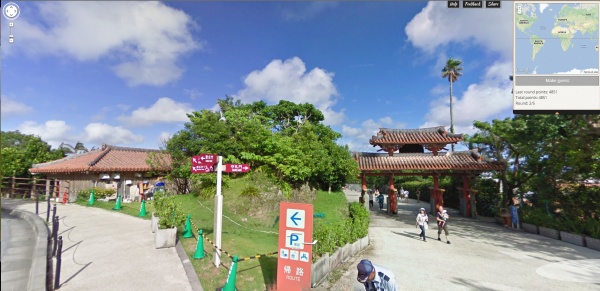



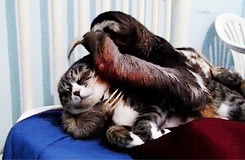
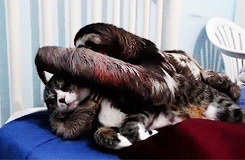
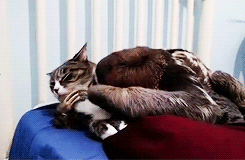
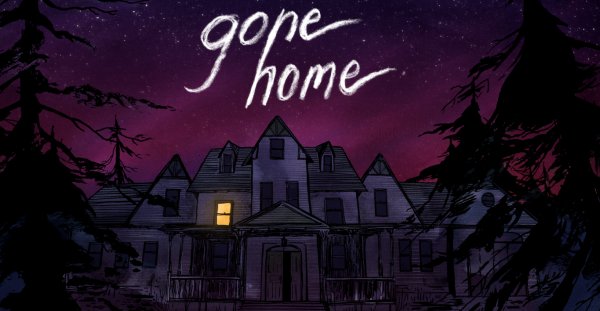
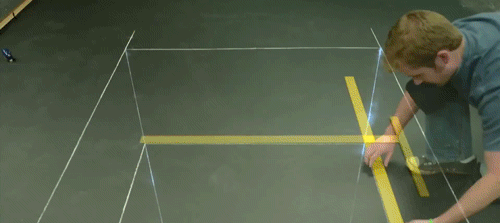
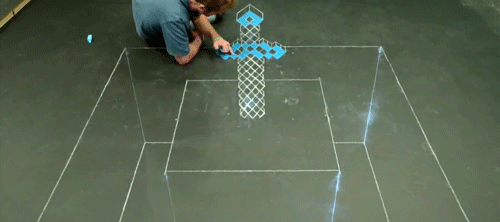
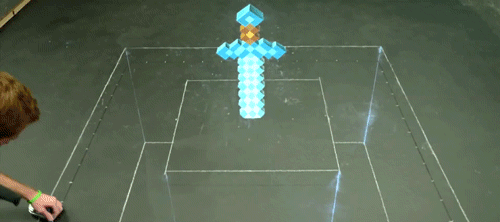

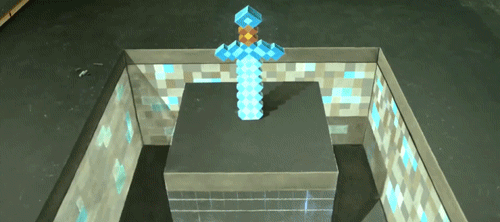
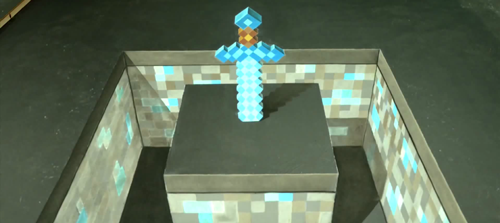


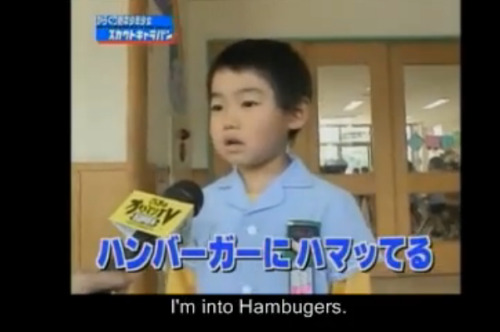



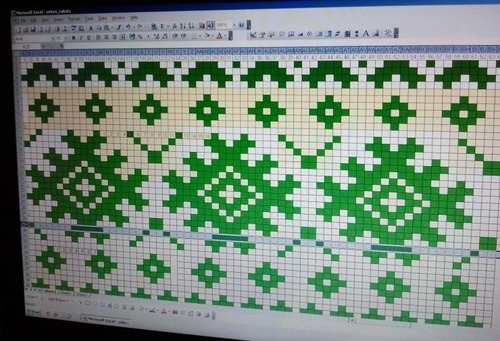


 Developer Stuart Madafiglio, author of the excellent
Developer Stuart Madafiglio, author of the excellent 